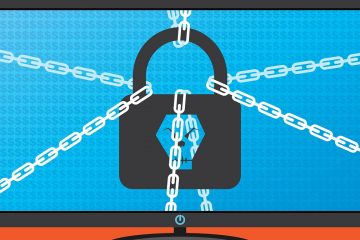As cybercrime evolves, the healthcare sector is becoming a primary target for security breaches. Critical infrastructures like healthcare are major targets, among them patient data loss, research, ransomware, and availability attacks, making the health sector a lucrative target group for cyber attacks.
Healthcare technology is prevalent and plays a large role in our health, from patient communications to the storage of medical records and mobile applications. With the increasing interconnectivity of healthcare systems, including remote access, many access points exist for breaches. A growing concern is about the security of healthcare networks, data, and medical devices that can be put at risk during an attack, resulting in widespread breaches that can quickly affect many users. Security breaches can destroy patient trust, cripple healthcare networks, and ultimately endanger human life.
The most troubling examples of attacks in Canada include code greys at The Hospital for Sick Children in Toronto in 2022, and Lindsay, Ontario’s Ross Memorial earlier this year. One of the worst attacks occurred in Newfoundland and Labrador in 2021, where years of patient and employee data were stolen from provincial systems.
Healthcare technology contains large amounts of sensitive data that are often a target for financial gain because medical data is one of the most lucrative for cybercriminals. Cybersecurity within healthcare is not sufficient and is becoming a fast-growing IT technology, as healthcare becomes one of the most targeted sectors.
Security in healthcare faces other challenges brought on by internal and systemic threats stemming from a lack of awareness and education among personnel about cybersecurity, prevention, recognizing threats, and handling sensitive information. More awareness training and the promotion of a culture of cybersecurity are needed.
Healthcare IT environments must also prioritize cybersecurity by developing a strategy, conducting risk assessments, identifying vulnerabilities, and practicing strong internal monitoring. Additional measures like firewalls, multi-factor authentication, installing multi-layered defense, access control, and intrusion prevention and response are important steps to protecting healthcare organizations and preventing cyber attacks.
From large health organizations to small clinics, the urgency is greater than ever to take steps to protect patients and their privacy in a time of unprecedented cyber threats.


